Claudia Schiffer, Kate Moss, Christy Turlington Heat Up ’90s Supermodel Book
Celebrate the greatest models of the 1990s with these gorgeous photos.
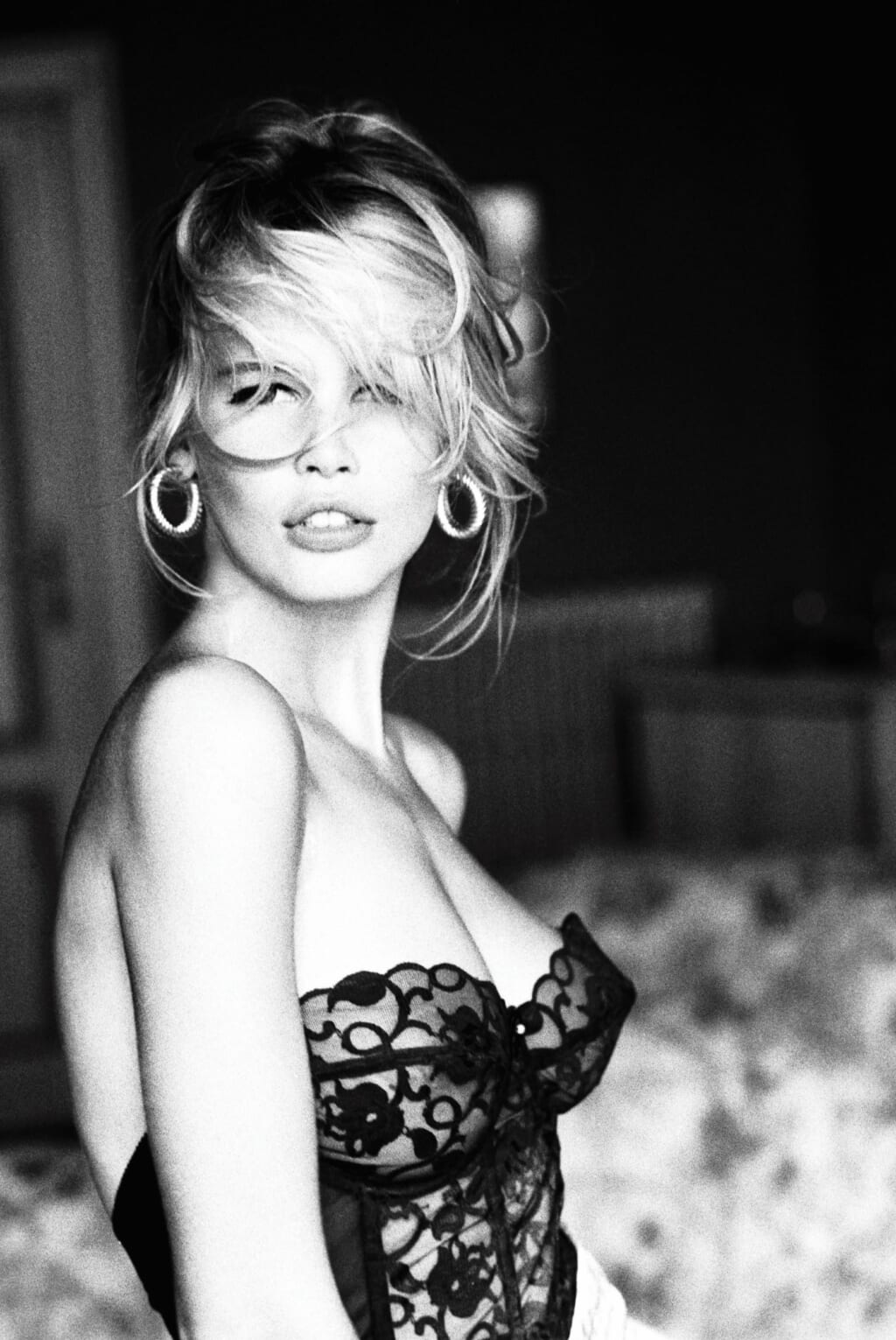
(Courtesy Prestel)
When Felix Kramer, the noted art historian who serves as General Director of the Museum Kunstpalast in Duesseldorf first came up with the idea of mounting an exhibition dedicated to fashion photography of the 1990s, it was a stroke of genius to invite Claudia Schiffer, the famed German supermodel—who was discovered in Dusseldorf in 1987—to curate it.
The result, Captivate! Fashion Photography from the ’90s, indeed captivated its audience in droves. And now those who didn’t have the opportunity to see the show in person can enjoy it in the form of a new book which accompanies the exhibition, edited by Schiffer and published later this month by Prestel.
Both the exhibition and the beautiful book, which bears the same title, feature work from legendary photographers including Richard Avedon, Herb Ritts, Karl Lagerfeld, Peter Lindbergh, CorrineDay, Mario Sorrenti, and Ellen von Unwerth, along with images of equally iconic supermodels including Schiffer, Naomi Campbell, Kate Moss, Linda Evangelista, Christy Turlington, and Cindy Crawford.
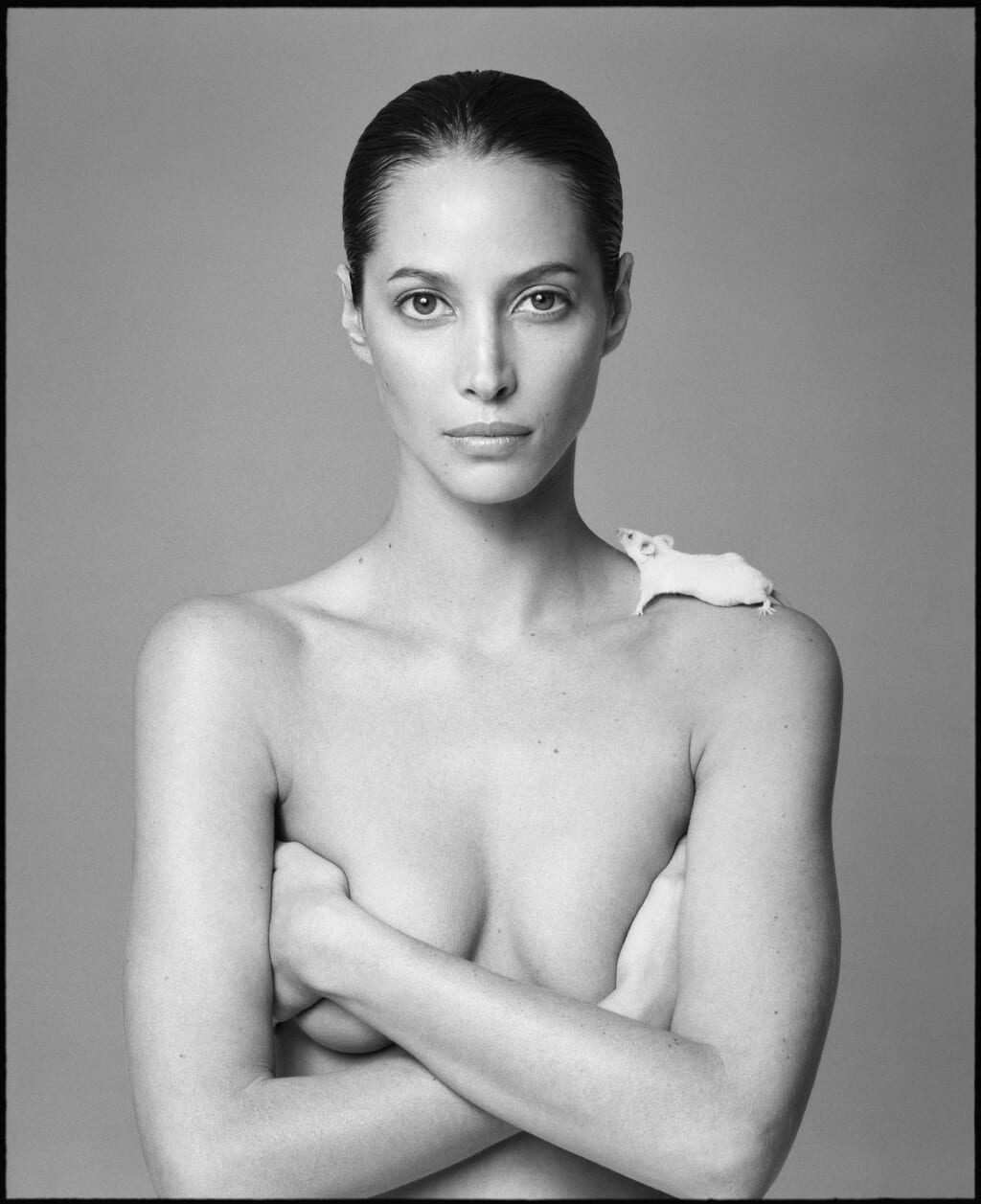
(Courtesy Prestel)
In the book’s foreword, Kramer notes that “this is the first time that many of these internationally celebrated stars of fashion photography have been represented together in a show,” and points out that the ’90s have “recently been experiencing a noticeable cultural revival, influencing contemporary art, design and pop culture.” There follows a fascinating dialogue with Schiffer in which she discusses the exhibition and what went into creating it.
Beginning in the 1980s, she says, the newfound genre of supermodel “shared a fame that stretched beyond fashion, and we became symbols of a self-made success,” while “the portrayal of sexual strength, freedom and optimism during the recession of the early 1990s helped keep fashion rolling. We were featured on the runway, in campaigns and on the covers of magazines, but we were also invited onto talk shows, to appear in films and on TV, and to become ambassadors for philanthropic organizations.”
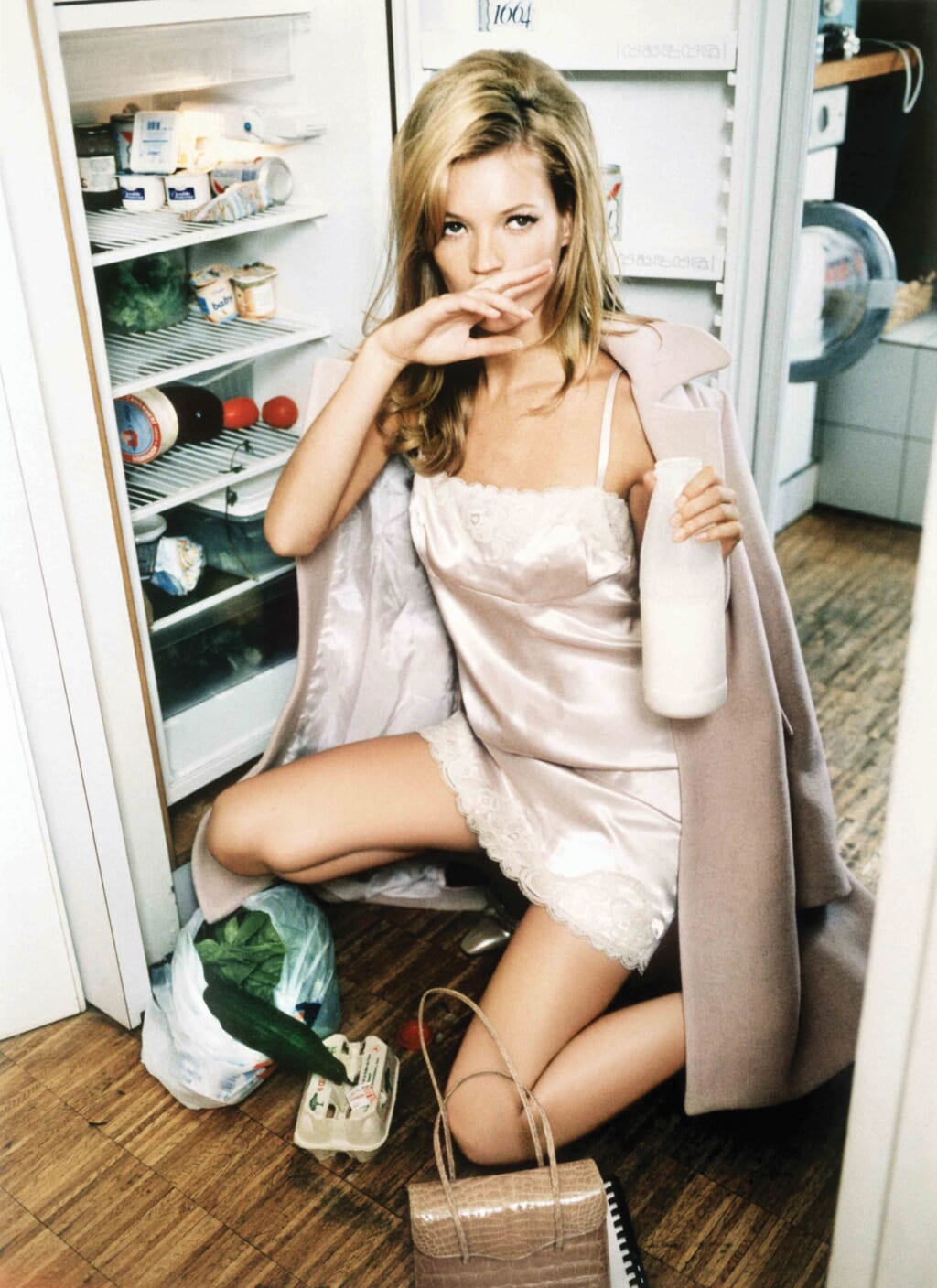
(Courtesy Prestel)
It was this level of exposure that “empowered us to take control of our careers in an entirely new way,” she notes. “When we all appeared together at runway shows, fashion shoots or ad campaigns, it was the ensemble that created the phenomena.”
The 1990s, she says, “was an extraordinary period which witnessed the birth of style culture, the rise of the supermodel and an explosion of creativity. Young designers, photographers, stylists and art directors, as well as hair and makeup artists, emerged and fundamentally changed the way we view fashion and design. It was an era of reinvention, rebellion and innovation, spearheaded by diverse talents and collaborators who merged the fields of fashion, music, entertainment and graphic art.”
In photography meanwhile, “there was an exceptional range of visionaries, from the epic black-and-white romance of Peter Lindbergh, to the London-based David Sims and Corinne Day, who, together with Mario Sorrenti in New York, championed imperfection and the everyday, and coined what became known as ‘dirty realism’,” she recalls.
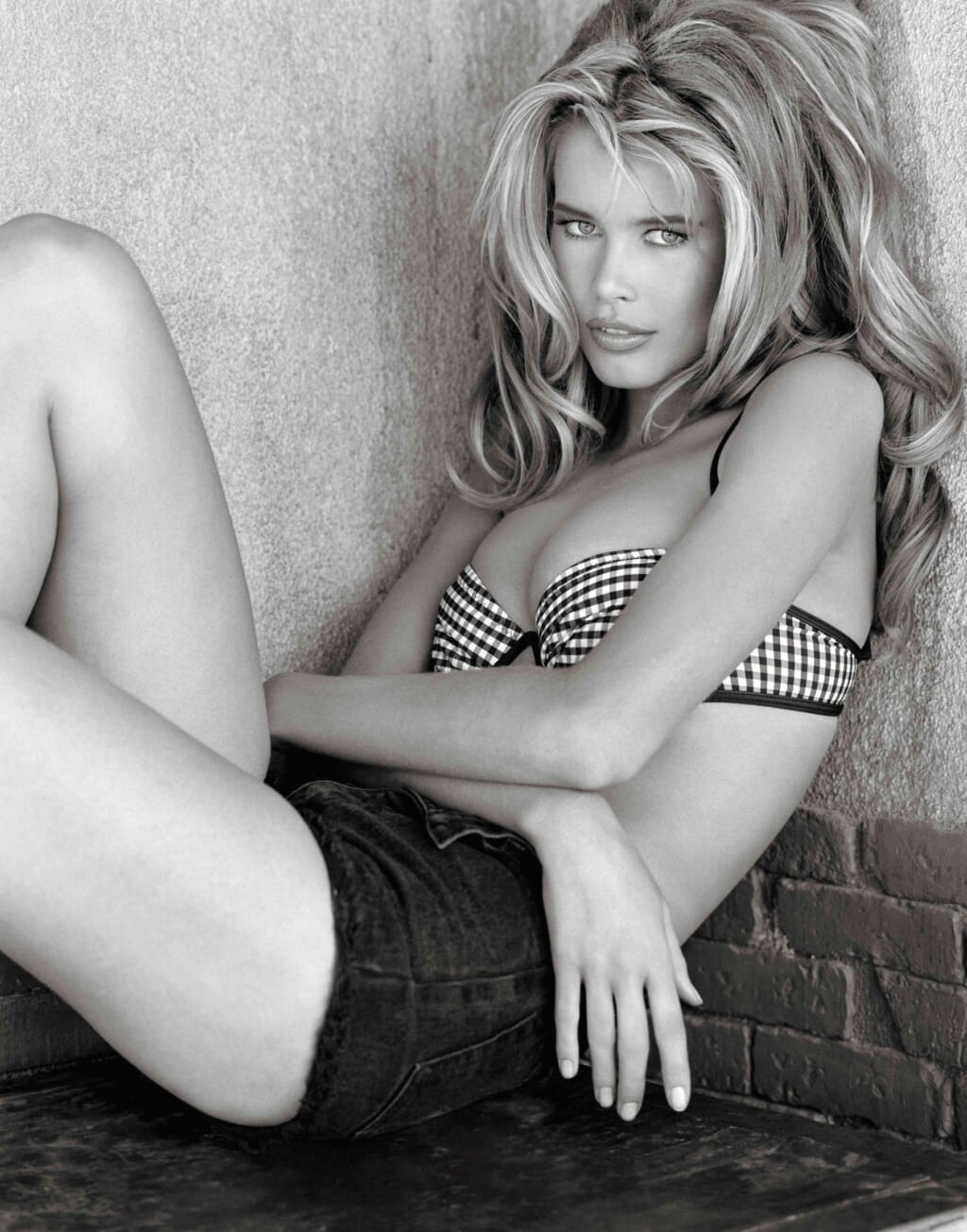
(Courtesy Prestel)
“Defined neither by age nor social background, fashion was about visual experimentation and freedom of expression.” This new “visual lexicon” was driven by “energy, reality, and personality.”
Then as now, “Fashion photography serves as a great cipher of trends, aspirations and dreams,” she notes. “While being born out of the moment, great fashion photography can, paradoxically, achieve a timeless status and capture a bigger story. The most memorable images are often provocative and challenge our perceptions of femininity and beauty.” And the 1990s “made fashion photography and photographers a driving force in visual culture.”
The 1990s were of course “an extraordinary time to be modeling. I worked with so many photographers who also became mentors,” she says. “Figures like Ellen von Unwerth, Herb Ritts, Richard Avedon, Arthur Elgort and creative powerhouse Karl Lagerfeld gave me true insight into the artistry both behind the lens and off the set in the processes of art direction, editing and publishing.”
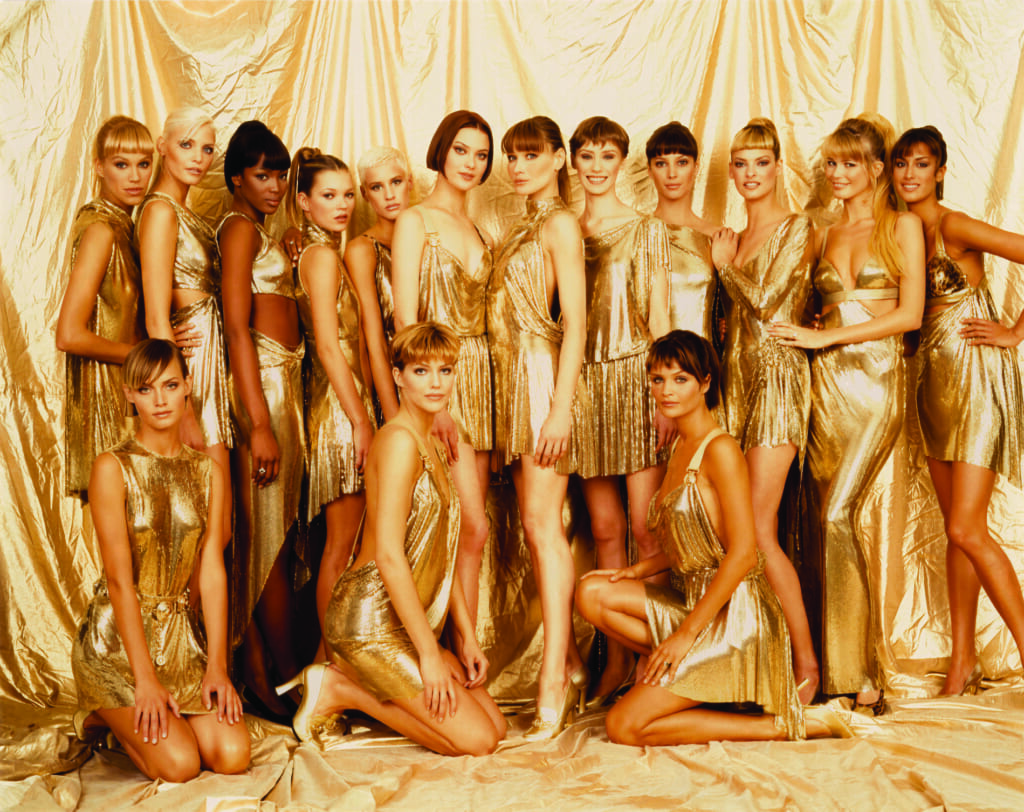
She learned the most from Lagerfeld in particular, with whom she started working in 1990. “What Warhol was to art, he was to fashion,” she states. “He transformed me from a shy German girl into a supermodel and taught me about style and how to survive in the fashion business.”
She soon learned that while “the model’s role is to bring fashion alive, she or he is just one ingredient in the alchemy of image-making. Over time, and as my knowledge grew, I began to collect photographic prints and original archive material.” Her own collection forms a part of the the landmark Captivate! exhibition. “In the selection process, I was looking for iconic images that represented each individual photographer’s eye,” she says.
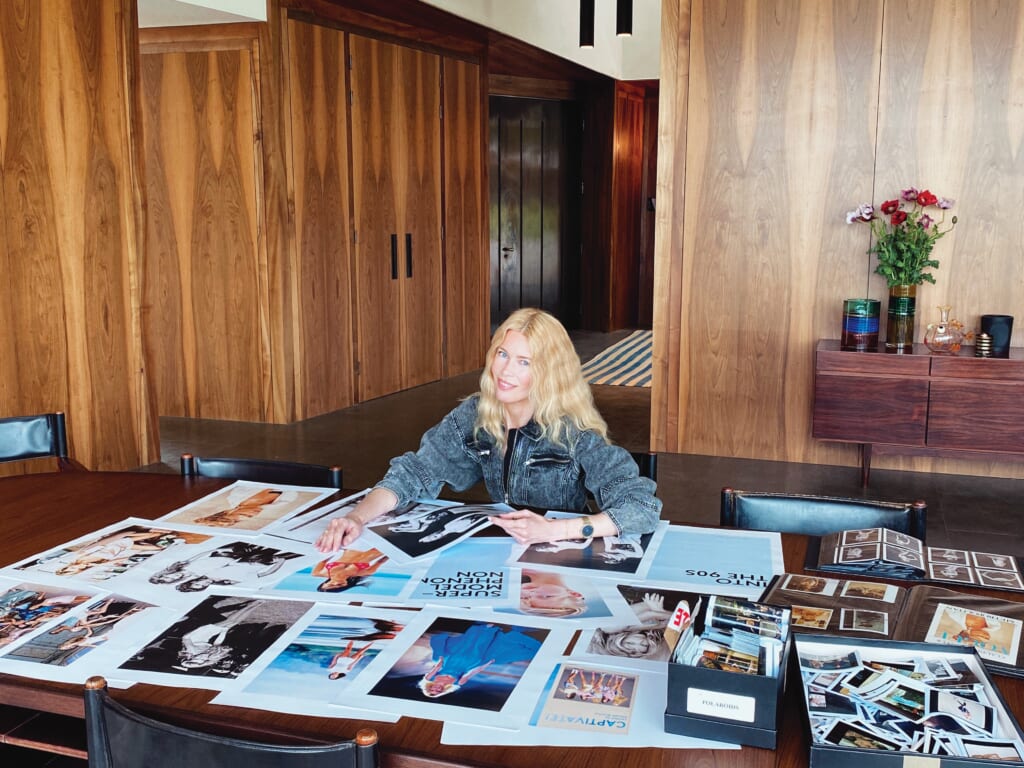
(Courtesy Prestel)
“Von Unwerth’s images stand in contrast to Lindbergh’s cinematic vision or Teller’s confrontational imagery that questions the nature of fashion and identity. Testino’s glorious, glamorous shoots and Ritts’s bold, graphic compositions exemplify further differing positions.”
The powerful legacy of the image-makers and their subjects has never been more apparent. “There is so much talent today and models are [now] true polymaths, entering fields such as activism, sustainability, philanthropy, fashion design, technology, interiors, wellbeing and acting,” Schiffer notes. “The rise of social media has helped accelerate multi-track careers. And the supermodels provided the template.”
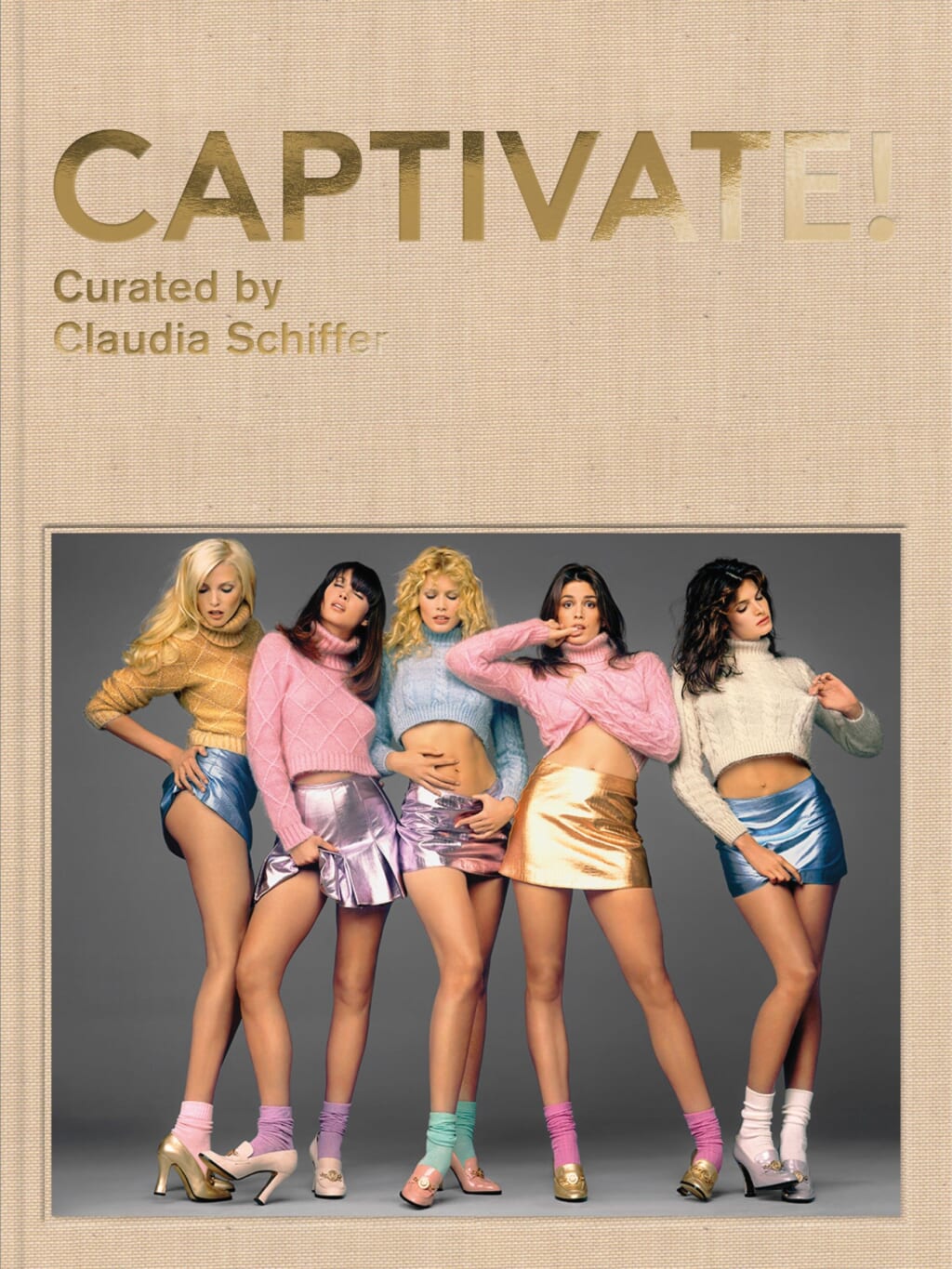
At the end of the day however, no matter the medium, “A perfect shot captivates the imagination. No fashion photograph can be called iconic at its conception. That status only comes with the test of time.”
This article originally appeared in the Jan/Feb 2022 issue of Maxim.
